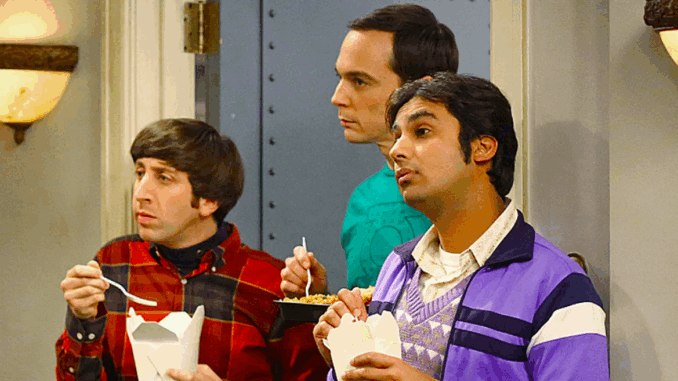
For twelve seasons, The Big Bang Theory delivered laughs, awkward situations, and a refreshingly intellectual tone to primetime television. At the center of it all stood Sheldon Cooper—brilliant, eccentric, and socially oblivious. But over time, this quirky physicist transformed from a one-dimensional comic relief into the emotional cornerstone of the series. His evolution remains one of the most compelling character arcs in sitcom history.
The Early Years: A Character Unlike Any Other
When audiences first met Sheldon, he was unapologetically rigid, dismissive of emotions, and intolerant of deviation from routine. He had a roommate agreement longer than some legal contracts and a schedule that dictated everything from bathroom time to TV night.
In those early seasons, much of the humor came from his inability to grasp sarcasm or human nuance. He corrected grammar mid-conversation. He knocked three times. He labeled hugs as “unsanitary.” And yet, audiences couldn’t look away. Jim Parsons’ portrayal brought a strange charisma to Sheldon’s inflexibility—making the character unforgettable.
Beyond the Laugh Track: A Deeper Look
While Sheldon was often played for laughs, writers subtly wove deeper threads into his story. He was shaped by a tough childhood in Texas, a complicated relationship with his religious mother, and the weight of being a boy genius who never quite fit in.
The show never labeled Sheldon with a medical diagnosis, but many viewers and critics noted traits associated with autism spectrum disorder or obsessive-compulsive tendencies. The lack of a formal label allowed viewers to interpret him broadly—and perhaps see a part of themselves in him.
Friendship as a Catalyst
The transformation of Sheldon Cooper didn’t happen in a vacuum. It unfolded gradually, shaped by the people around him. Leonard, his long-suffering roommate, challenged Sheldon’s control. Penny, the neighbor across the hall, cracked his emotional walls. Howard and Raj, despite being frequent targets of his snark, remained loyal friends.
Sheldon slowly began to value connection, even if he didn’t always understand it. He planned birthday parties. He apologized (awkwardly). He even learned to comfort others in moments of grief. Each step felt earned—and often hilariously painful to watch.
The Game-Changer: Amy Farrah Fowler
Sheldon’s most significant transformation came through his relationship with neurobiologist Amy Farrah Fowler. Their romance began with scientific detachment—a blind date arranged as a joke—but it blossomed into one of the most unconventional and heartfelt love stories on television.
Amy pushed Sheldon to expand his emotional vocabulary. Their courtship involved contract negotiations, awkward kisses, and even a “relationship agreement.” But slowly, and very much in his own time, Sheldon evolved. He learned to say “I love you.” He planned surprises. He fought for the relationship.
Their wedding, complete with a string theory-themed vow and Mark Hamill officiating, was a testament to how far he had come.
Becoming a Brother and Son Again

Family also played a key role in Sheldon’s development. Episodes exploring his relationship with his twin sister Missy, his religious mother Mary, and his estranged older brother George added depth. For much of his life, Sheldon had rejected his family as backward or unrelatable. But by the show’s end, he had repaired these bonds, acknowledging that love and support didn’t require shared worldviews.
One of the most touching moments came when Sheldon, upon winning the Nobel Prize in Physics, publicly thanked his family, friends, and wife. He stepped aside from the spotlight to recognize their influence—a moment unthinkable in Season 1.
From Object of Humor to Symbol of Growth
Sheldon’s journey reflects something broader than a single character. It’s a reminder that even the most rigid personalities can grow. That emotional intelligence can be learned. And that connection, while messy and unpredictable, is always worth it.
His story also defied sitcom norms. While many shows keep characters static for maximum comedic effect, The Big Bang Theory allowed Sheldon to change. Slowly. Believably. Lovingly.
A Legacy Beyond the Series
Today, Sheldon Cooper lives on in the prequel spinoff Young Sheldon, which offers further context for the adult character fans came to love. But it’s Jim Parsons’ performance and the character’s evolution on The Big Bang Theory that remain iconic.
Sheldon began as a human embodiment of logic and ended as proof that the heart has its own kind of intelligence. That arc—from quirk to connection—cemented him as one of television’s most unique and enduring figures.
